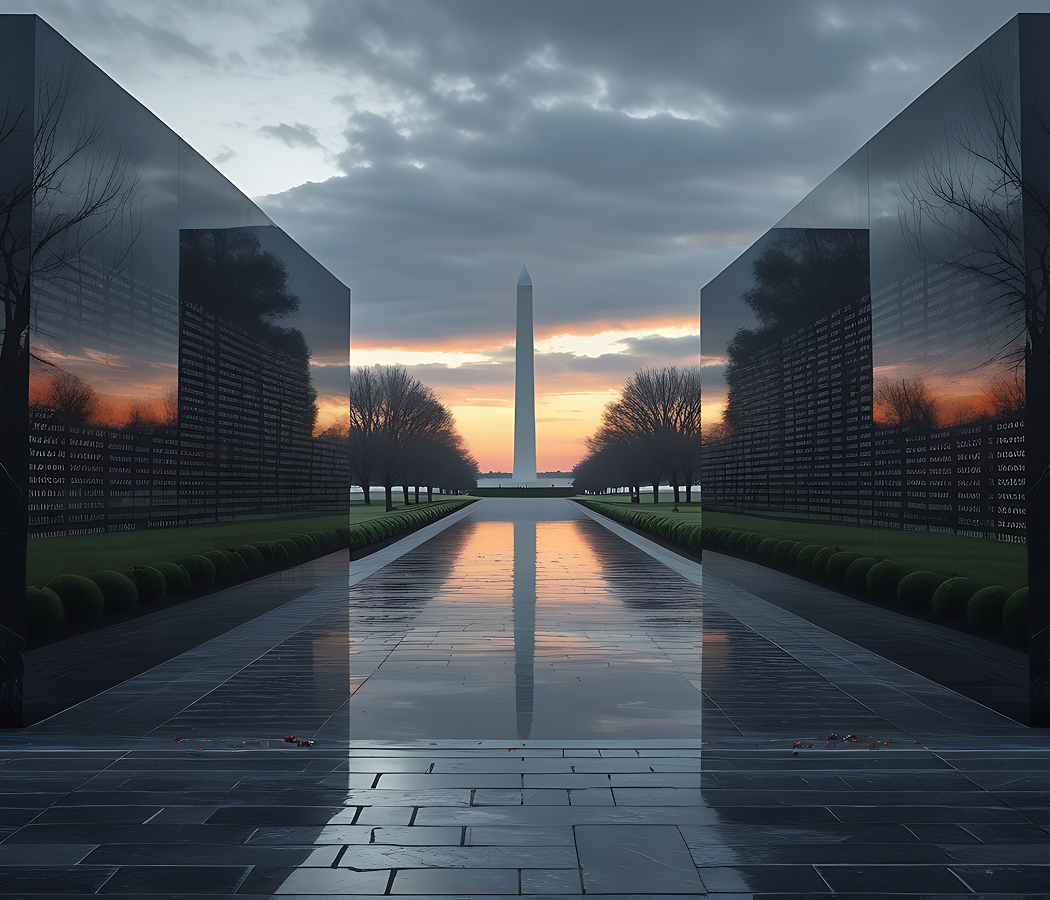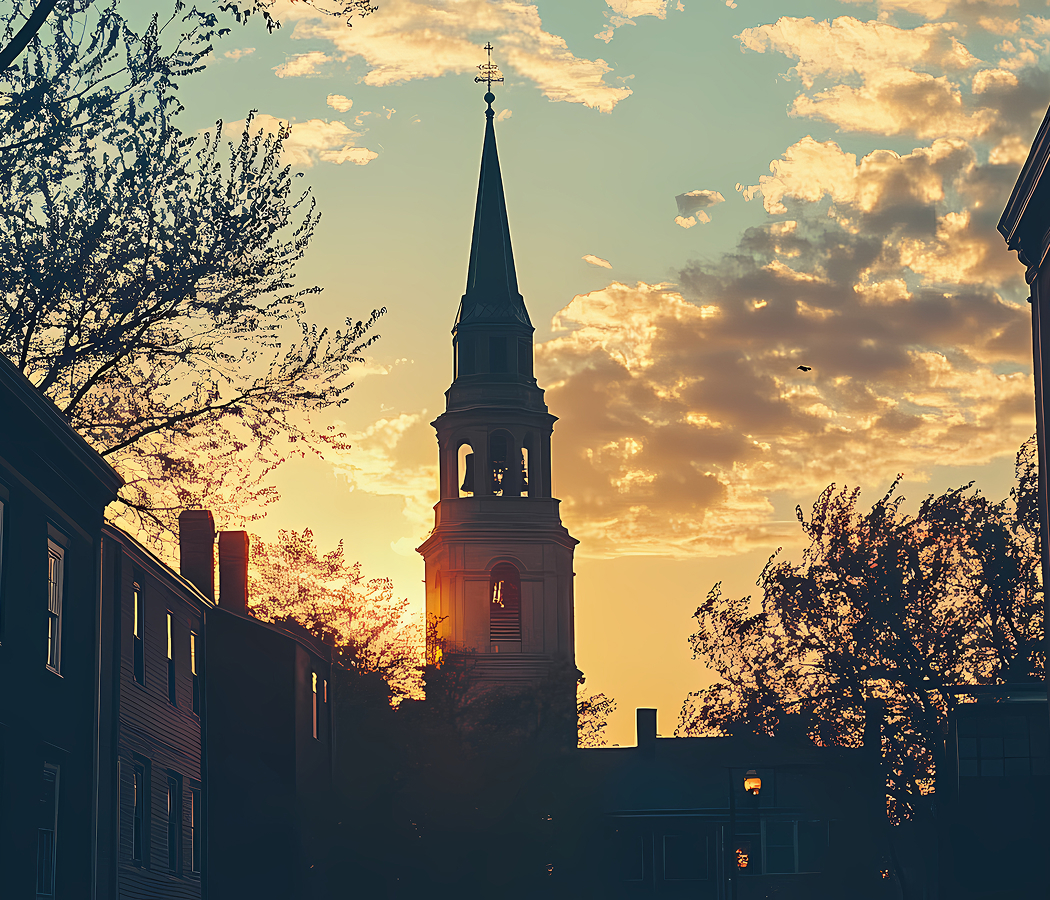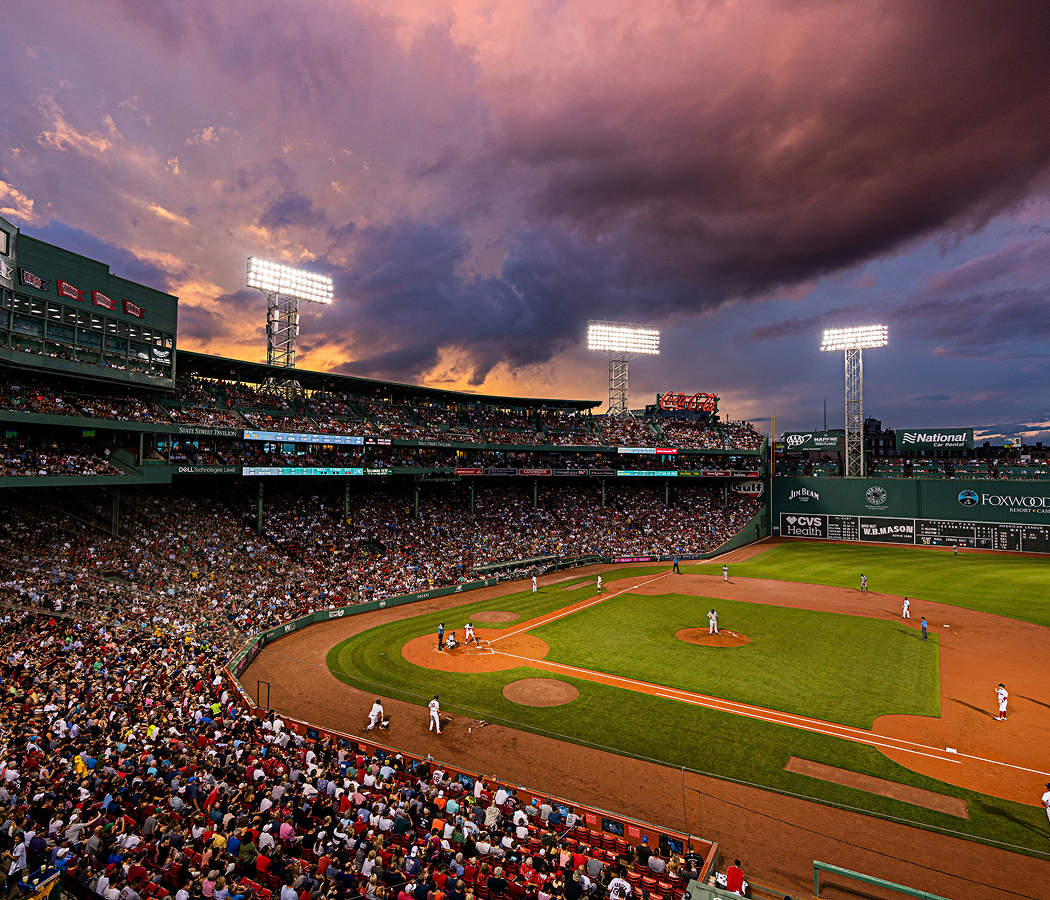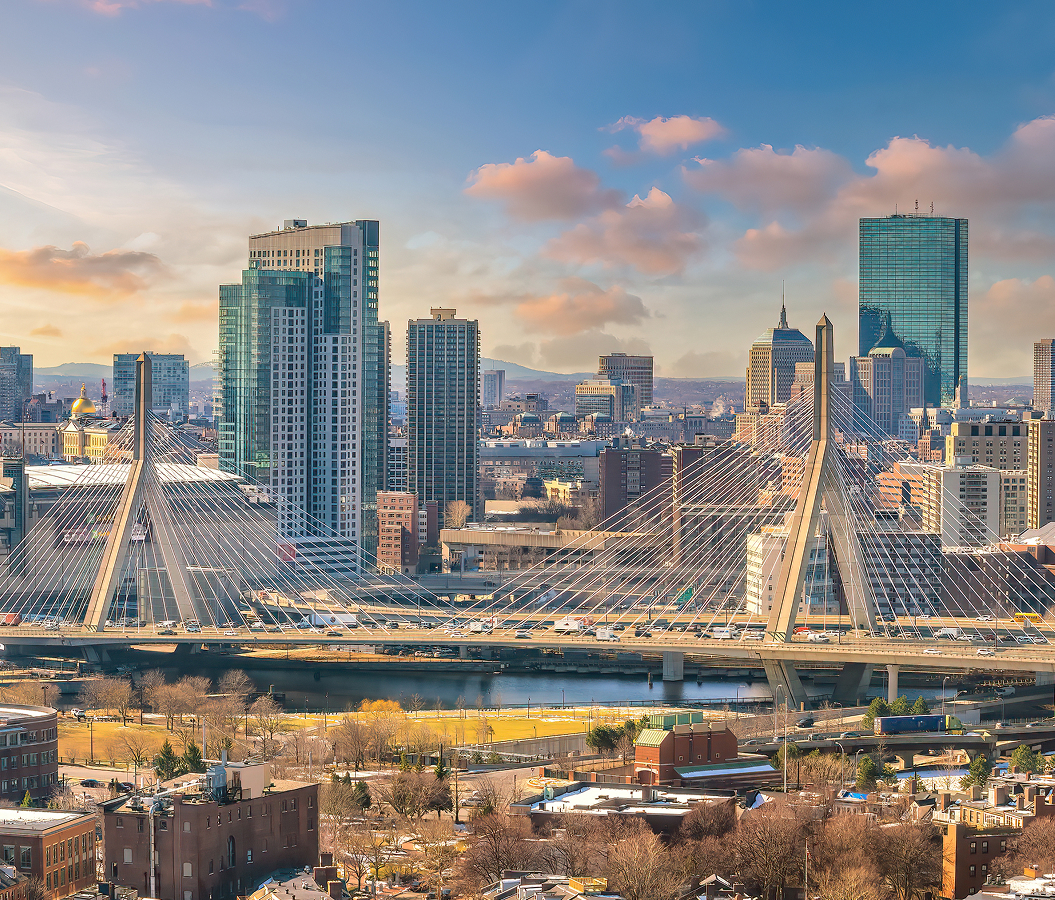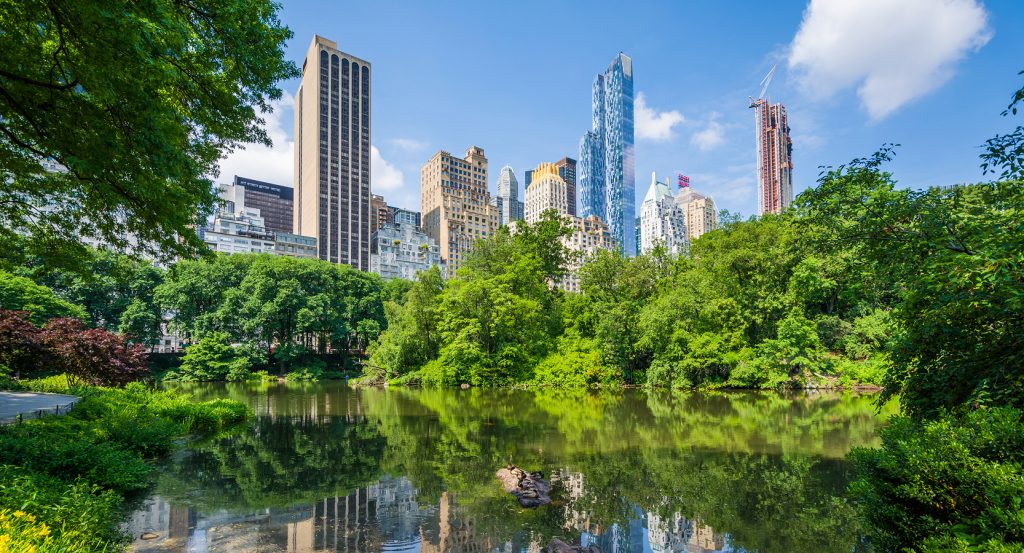
Why you should experience Central Park in New York City.
Central Park isn’t just a park, it’s New York’s soul rendered in green, an ever-shifting landscape where the city pauses just long enough to breathe.
Stretching across 843 acres in the heart of Manhattan, it’s a masterpiece of design and imagination, a place where skyline and sky share the same frame. Created by Frederick Law Olmsted and Calvert Vaux in the 1850s, Central Park was conceived not merely as open space, but as democratic space, a refuge for all people, regardless of class or creed. That vision still pulses through its meadows and pathways today. Walk its winding trails and you’ll pass joggers beside horse-drawn carriages, jazz musicians under stone bridges, lovers rowing across the lake while skyscrapers shimmer above the trees. The Great Lawn, the Ramble, Bethesda Terrace, each corner has its own rhythm, its own poetry. Central Park isn’t just part of New York; it is New York, alive, imperfect, endlessly renewing itself like the seasons it shelters. It’s where ambition slows, humanity surfaces, and the city remembers its heart.
What you didn’t know about Central Park.
Behind its serene beauty lies one of the most ambitious and complex works of urban art ever built.
Before its creation, the area was home to a diverse community known as Seneca Village, a thriving settlement of free Black landowners, Irish immigrants, and working-class families displaced in the name of progress. The park’s construction required reshaping not only the land, but the city’s understanding of what a metropolis could be. Olmsted and Vaux envisioned a pastoral escape within industrial chaos, carving out lakes, planting over four million trees and shrubs, and sculpting gentle slopes to mimic nature’s own design. Over time, Central Park became the backdrop for nearly every chapter of New York’s story, protests and concerts, proposals and parades, heartbreaks and celebrations. Its restoration in the 1980s, led by the Central Park Conservancy, revived it from decline, proving how deeply New Yorkers value their green heart. The park is now one of the most visited and meticulously cared-for urban sanctuaries in the world, blending history, ecology, and artistry in perfect measure.
How to fold Central Park into your trip.
To experience Central Park fully, don’t rush, let the city’s tempo dissolve into the park’s quiet hum.
Enter from Columbus Circle or Fifth Avenue and wander without agenda. Start at The Mall, a grand promenade lined with American elms, leading you toward Bethesda Terrace, its fountain glimmering with sunlight and the sound of buskers echoing beneath the arches. Rent a rowboat at Loeb Boathouse, glide across the lake, and watch the skyline ripple in the water. Lose yourself in the Ramble’s wooded trails, where every turn feels like a secret. In summer, spread a blanket on Sheep Meadow for an afternoon picnic; in winter, skate beneath the skyline at Wollman Rink. As evening falls, walk north to Belvedere Castle for one of the park’s most romantic views, the city glowing like a constellation beyond the trees. Whether you’re here for an hour or a lifetime, Central Park reminds you that even in a city built to move, there’s beauty in stillness, and peace in knowing the world can slow down, if only for a moment.
Hear it from the Foresyte community.
Paths twist from open lawns into quiet tree-lined corners, and every turn feels like its own little escape from the city around you. Joggers, artists, and families. They all cross paths here carving out their own slice of calm in the middle of the chaos.
Where meaningful travel begins.
Start your journey with Foresyte, where the planning is part of the magic.
Discover the experiences that matter most.





